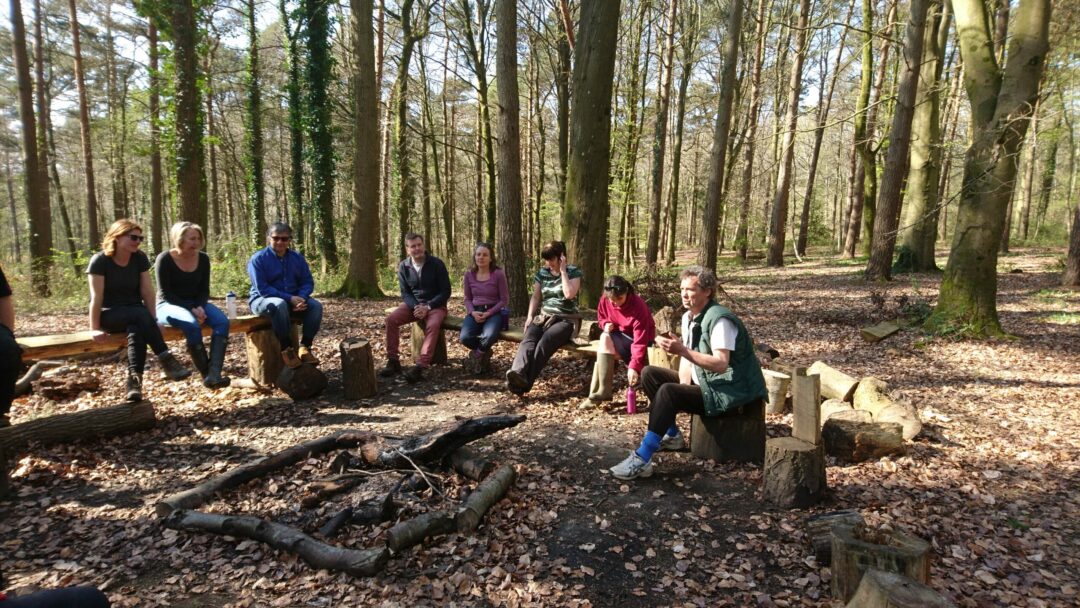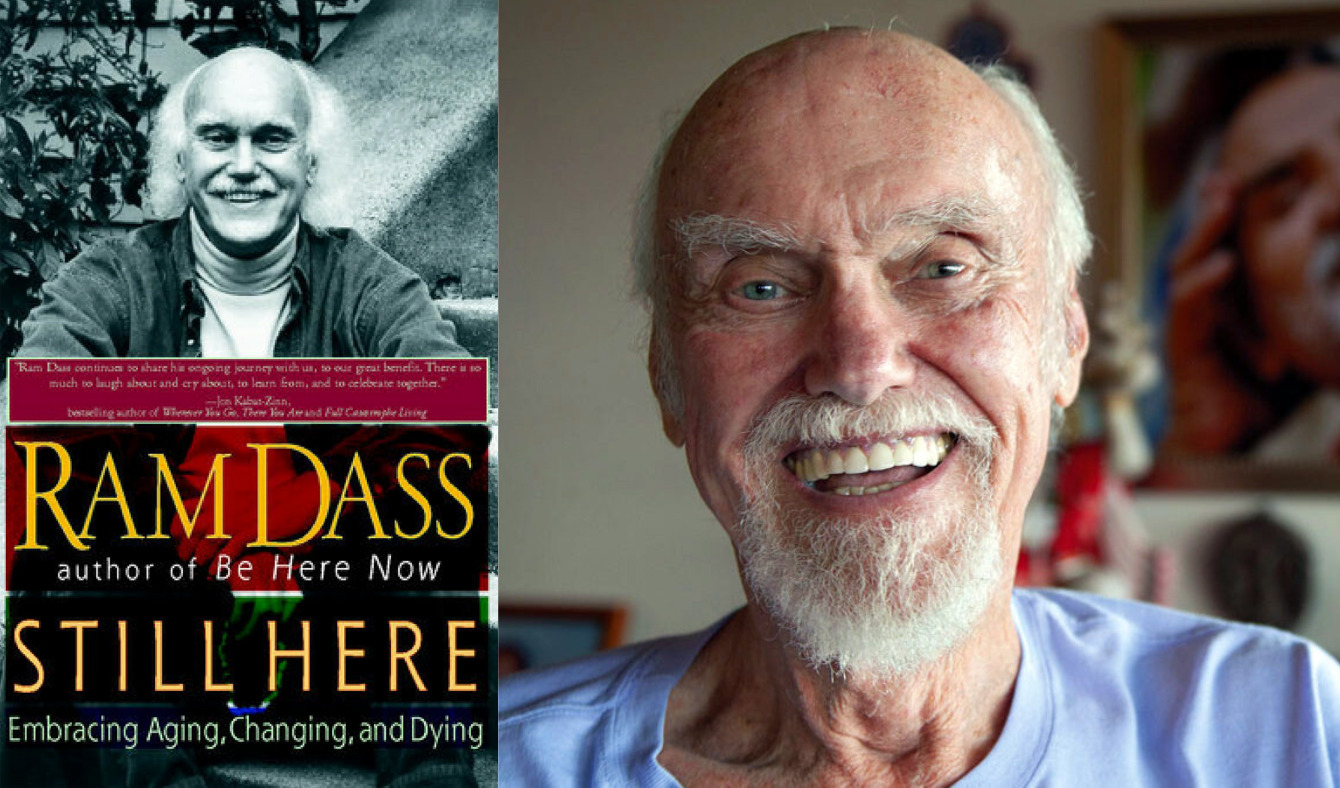Composting: the upsides of your downsides
Imagine that you can tap into a major new source of energy and insight, that’s already within you: it’s free, abundant, and just needs a bit of effort to process it. What’s more, you’ll be creating benefits out of problems that drain energy and pollute your inner ecosystem. This is what composting offers you. The … Read more














